News 7/8/10
From Green Mountainer: “Re: Vermont demo. I was sitting in on an eCW public demo for Vermonters, watching Girish show off the patient portal. However, mid-stream, he jumps to his browser and searches for ‘Baumel HIStalk’ and pulls up your interview with Andrew Baumel, referring to you as ‘a highly respected IT resource.’” Ah … love Girish!
From Donald B: “Re: CCHIT certification. Assuming CCHIT becomes an an accredited testing and certification body, will vendors with previously certified products need to go through additional testing and certification? And is there a charge?” Great question. I checked with CCHIT and Sue Reber, CCHIT’s marketing director, shared this:
If vendors participate in the CCHIT Certified® 2011 or our Preliminary ARRA certification programs, there will be no additional charge for final ARRA testing and certification done by CCHIT. If they were certified in a CCHIT program prior to the CCHIT Certified® 2011 program, they will need to be tested and certified in the final ARRA program by an accredited certification body. There will be fees for that separate testing.
Speaking of certification, I see that CCHIT has extended 2011 certification to three new ambulatory EHRs: Eclipsys Sunrise Ambulatory Care 2011 Suite 5.5, Integritas’ Agility EHR 10, and Universal EMR Solutions’ Physician’s Solution 5.0.
VHA signs an agreement with athenahealth to provide special pricing for VHA members. VHA providers will be eligible for discounts on athenaCollector, athenaClinicals, and athenaCommunicator. athenahealth also names Dev Ittycheria, most recently president of the Enterprise Service Management division of BMC Software, to its board.
The American College of Physicians appoints Steven E. Weinberger, MD as EVP and CEO of the American College of Physicians. He takes over for John Tooker, MD, who announced his intention to step down last October.
Iowa’s HIT Regional Extension Center selects eClinicalWorks as a preferred ambulatory vendor for primary care providers.
Here’s a reminder of some cool reader stuff. 1) The search box to your right covers HIStalk, HIStalk Practice, and HIStalk Mobile and will dig through the archives to find the exactly what you are hunting for. 2) Sign up on each site to get updates when we run something new. 3) Friend or Like us on Facebook because you can never have too many friends or likes. 4) Send us your guest article, interview idea, or rumor, and 5) Support our sponsors so they will keep supporting us.
A new survey to ponder: half of physicians say they’re keeping their patient records in an electronic format, which is up about 10% from 2008. In addition, results from this Knowledge Network survey indicate that 62% of specialists and 55% of primary case doctors have smart phones, with as many as 90% of those using them for Internet and e-mail.
The American Academy of Pediatrics introduces a new iPhone application that helps parents figure out when their children’s symptoms require medical attention, calculate medication dosages, and identify rashes and insect bites.
The latest issue of JAMA (subscription required) features commentary from a physician who favors the meaningful use of EHRs. The internal medicine doctor believes too many of his peers look at EHR as simply a way to generate progress notes for payment justification. However, he argues, using an EHR fully can help providers better manage patient data and thus improve patient care and safety.
Wichita Clinic (KS) plans to implement GE Centricity EMR across its 12 locations. The 160-doctor practice has been a Centricity Business PM clients since 1999.
An ambulatory surgery center sues staffing agency Robert Half International, claiming the agency failed to check references for a twice-convicted embezzler they recommended to the ASC. The ASC hired the accountant, who had previously served time for stealing about $650,000 from two previous employers. A year and a half after she was hired, ASC auditors discovered accounting irregularities and determined the accountant had embezzled about $300,000. The accountant, who used the money to support her gambling habit, is now serving 57 months in prison. Meanwhile, the ASC is hoping to recoup $415,000 plus legal fees.


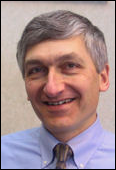

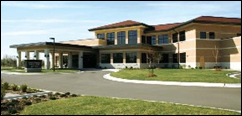

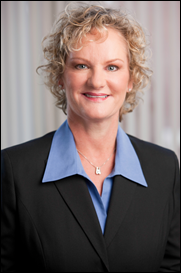
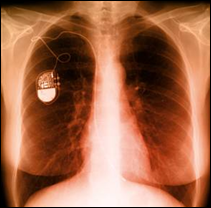


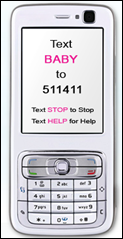
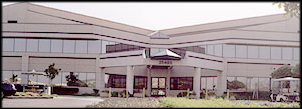


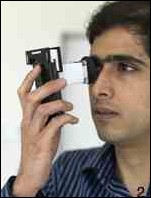

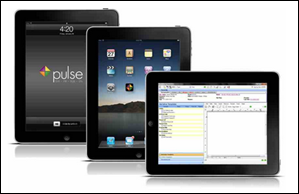





The article about Pediatric Associates in CA has a nugget with a potentially outsized impact: the implication that VFC vaccines…